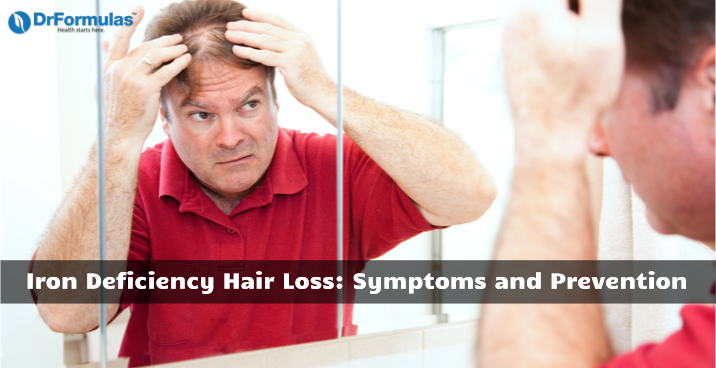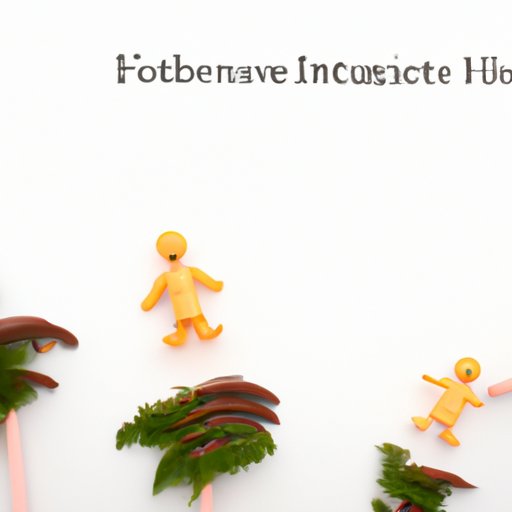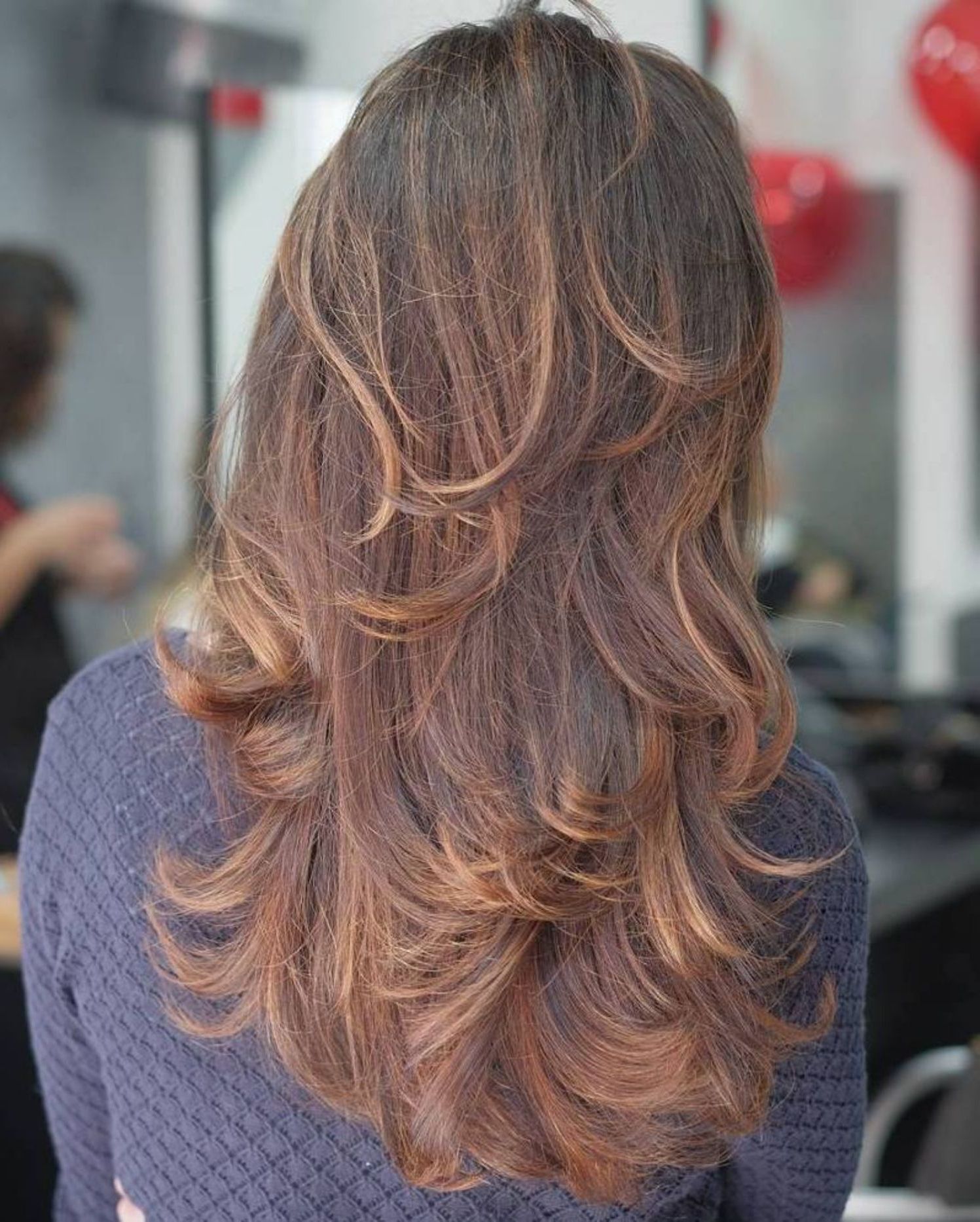Table Of Content

Losing your hair can be a distressing experience, but you’re not alone. “During menopause, hormonal changes, specifically a decrease in oestrogen levels, can affect hair growth cycles. This often leads to thinning of the hair, particularly at the crown and along the parting line. Our body is designed to store vitamins and minerals, just in case there’s nutritional shortage for whatever reason. If you have healthy hair on the back or side of your head, a doctor can surgically remove hair strands from those areas and graft them into your scalp in a bare area. It’s another expensive treatment that isn’t generally covered by insurance, but it tends to be a long-lasting solution.
Traction alopecia
With treatment, you can help reverse both the iron deficiency and the hair loss. Similar to iron, a decrease in the level of zinc might also trigger hair loss. There are currently two approaches that attempt to explain this relationship, but both need further research for more evidence and consensus. People with hair loss should talk to their doctor about treatment options. Severe cases can even lead to cicatricial or frontal fibrosing alopecia due to tight hairstyles, causing inflammation, irritation, and itching.
vitamin and mineral deficiencies
In most cases, a balanced diet will supply a healthy amount of vitamin A [14]. The recommended dietary allowance of vitamin A for adults aged ≥ 19 years is 1300 mcg/day (4300 IU [international units]) for U.S. populations. While there is no upper intake level for provitamin A carotenoids, ingestion of very high levels of preformed vitamin A can be toxic.
9 Best Vitamins for Hair Growth, According to Dermatologists 2024 - Glamour
9 Best Vitamins for Hair Growth, According to Dermatologists 2024.
Posted: Mon, 15 Apr 2024 07:00:00 GMT [source]
The Link Between Hair Loss And Iron Deficiency Anemia
After age 6 months, start feeding your baby iron-fortified cereals or pureed meats at least twice a day to boost iron intake. After one year, be sure children don't drink more than 20 ounces (591 milliliters) of milk a day. Too much milk often takes the place of other foods, including those that are rich in iron. You can usually correct iron deficiency anemia with iron supplementation. Sometimes additional tests or treatments for iron deficiency anemia are necessary, especially if your doctor suspects that you're bleeding internally. One study of nonmenopausal women found that 59 percent of those experiencing excessive hair loss also had iron deficiency.
How we reviewed this article
Our experts continually monitor the health and wellness space, and we update our articles when new information becomes available. Anemia is common in older adults, but it can be hard to identify, as some of the symptoms are common as people get older. In people with darker skin tones, the eyelid may be the only area where this condition is noticeable. If your body doesn’t have enough hemoglobin, your tissues and muscles won’t get enough oxygen to be able to work effectively. Every article on Health Guide goes through rigorous fact-checking by our team of medical reviewers.
B Vitamins, Biotin, and Folic Acid
Second, a lack of iron can actually cause an excessive production of hydrogen peroxide (H2O2) at the cellular level which damages proteins. Such overproduction ultimately causes oxidative stress on your scalp tissues, which, in turn, result in inflammation-induced alopecia. This is a very common condition, and unfortunately it is also a popular cause of hair loss in women in terms of nutritional deficiency. People experiencing both hair loss and an iron deficiency might need to treat both separately. “Bleaching, perming, and extreme hold hair sprays contain harsh chemicals that can cause hair loss by damaging the hair follicles and strands.
Oxygen helps our cell generate fuel (ATP), so they can carry out their function. Without enough iron, there isn’t enough haemoglobin to transport oxygen. Therefore tiredness and fatigue are some of the early signs of low iron. Finally, keep in mind that the same healthy habits recommended for maintaining your physical health will also help your hair.
It is unclear if selenium plays a role in this disease; therefore, supplementation with this mineral is not recommended. Additional research suggests an iron deficiency may cause hair similar to the pattern seen in androgenic alopecia––the most common type of hair loss. Often called male pattern baldness, androgenic alopecia can affect anyone.
Vitamin Deficiencies That May Contribute to Thinning Hair and Hair Loss
Iron deficiency can lead to anaemia, a condition where your body does not produce enough red blood cells, or haemoglobin, which are crucial to delivering oxygen to your tissues. Iron deficiency anaemia is most common in women of childbearing age due to losing iron through periods and pregnancy. It’s thought that around 23% of pregnant women and 14% of non-pregnant women in the UK experience iron deficiency anaemia.
Noticeable heartbeats, or heart palpitations, are another sign of iron deficiency anemia. Hemoglobin enables your red blood cells to carry oxygen around your body. This is due to less oxygen reaching your tissues, depriving them of energy. You’ve probably heard of iron deficiency––or maybe even had it yourself. Research estimates between 30–50% of children and other groups worldwide have anemia due to lack of iron.
Hair loss often proves to be a source of distress for numerous individuals, affecting both self-esteem and overall well-being. Hair follicles are highly sensitive to changes in the body’s nutrient levels, including iron. When iron levels are low, the hair growth cycle can be disrupted, leading to increased shedding and thinning of hair. Additionally, iron deficiency can affect the production of enzymes and proteins necessary for hair growth, further exacerbating the problem. Hair loss is a common concern affecting millions of people worldwide, with various factors contributing to its occurrence. One lesser-known but significant factor is iron deficiency anemia, a condition characterized by a lack of iron in the body.

When you don’t get enough iron, it especially affects your bone marrow. The marrow is where hemoglobin is created, a process that depends on iron. Hemoglobin is what gives blood its signature shade of red––more importantly, it enables blood cells to transport oxygen throughout your body.
They do know, however, that iron is an essential component in an enzyme called ribonucleotide reductase that helps cell growth. ‘Telogen effluvium is a type of hair loss resulting from the disruption of the hair growth phase. When more hairs are in the resting phase than in the growing phase, extensive hair shedding and sudden hair loss in women can occur.
Vitamin B12 is a cofactor for methionine synthase and thereby affects the synthesis of nearly 100 substrates including DNA, RNA, and proteins [22]. The recommended dietary allowance of vitamin B12 is 2.4 mcg for adult U.S. populations. There is no established upper limit for vitamin B12 intake, as it has a low potential for toxicity [22]. If you think you have symptoms of iron deficiency, talk with a doctor. They may also do tests to see if an underlying condition needs addressing.

No comments:
Post a Comment